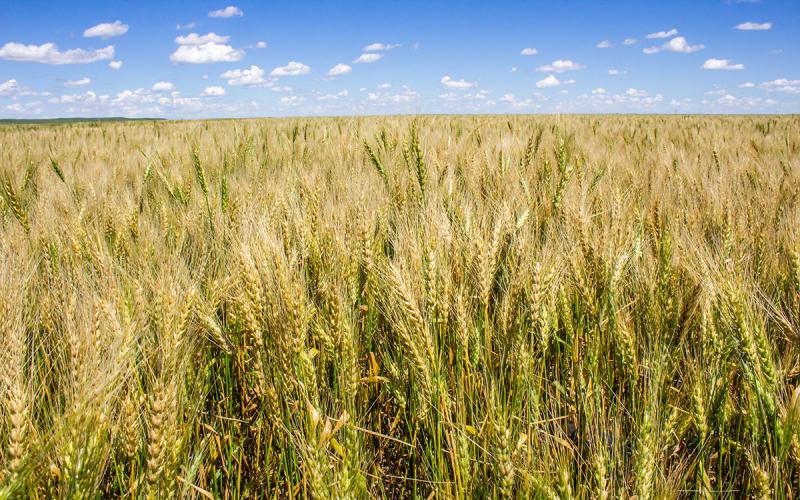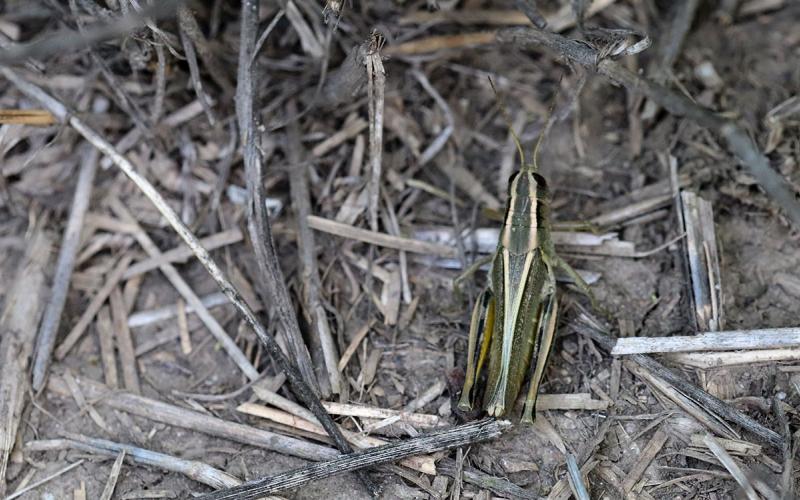Written with contributions by Dalitso Yabwalo and Emmanuel Byamukama, former SDSU Extension Plant Pathologist.
Summary
The wheat disease management field experiments conducted in the 2018 growing season evaluated several experimental and commercially available fungicides for managing foliar, head or root diseases of spring wheat. Foliar and spike/head diseases incidence and severity were assessed. The field experiments were implemented at Volga Research Farm and Northeast Research Farm (NERF) near South Shore, SD. Results of the same experiment may vary between Volga and Northeast due to environmental differences between the two locations.
Generally, the 2018 wheat season was not conducive to foliar fungal disease development because of low moisture before wheat headed out. However, the prediction model for Fusarium head blight (FHB) or scab forecasted higher disease severity than the previous two seasons. Overall, the Volga location had more disease severity compared with the NERF location. Bacterial leaf streak incidence was sporadic with low severity early in the season until about flag leaf when severity increased such that plots that were not artificially inoculated got infected regardless. Generally, inoculated plots still had a higher severity rating than the naturally infested plots.
Low disease incidence and severity owing to unfavorable disease conditions resulted in lack of statistically significant differences among fungicide treatments. However, the observed quantitative differences that followed expected patterns may have practical consequences in large scale production. Thus, a grower would almost always choose an extra bushel unless that choice significantly compromises quality particularly if the loss of quality has a substantial negative market value. Overall, where disease pressure was relatively high, fungicide application prevented yield loss.
All fungicides and bactericides used in these studies were approved for use in SD at the time of application. However, some experimental products were also used. Alternative application approaches that are not currently part of the product label such as crop, timing and/or rate were employed for research purposes. Therefore, results from such experimental or research uses should not be considered recommendations until the research is finalized and official recommendations are made. Growers using any chemical products should always consult product labels regarding appropriate use, method of application and rate, handling, safety tips, pre-harvest and re-entry intervals, and any other important information.
Acknowledgements
Implementation of these field studies was possible with invaluable assistance from personnel in various programs of the department of Agronomy, Horticulture and Plant Science at SDSU. Some of the programs that rendered assistance include: Winter Wheat Breeding, Spring Wheat Breeding, Oat Breeding, Crop Performance Testing, Northeast, Southeast and Volga research farms.


